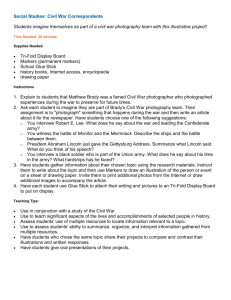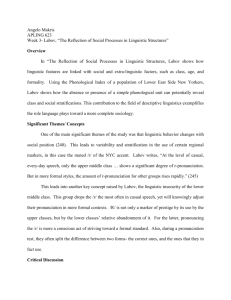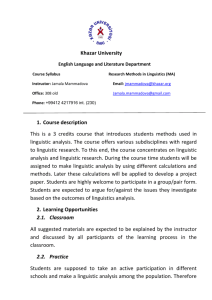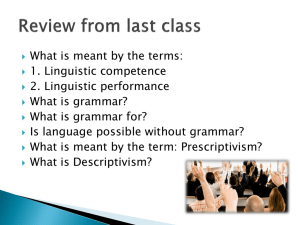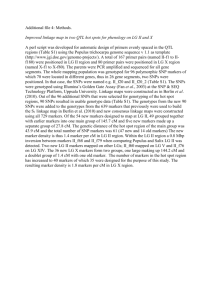Mid-State RBERN / NYSED BBCI adapted from work
advertisement
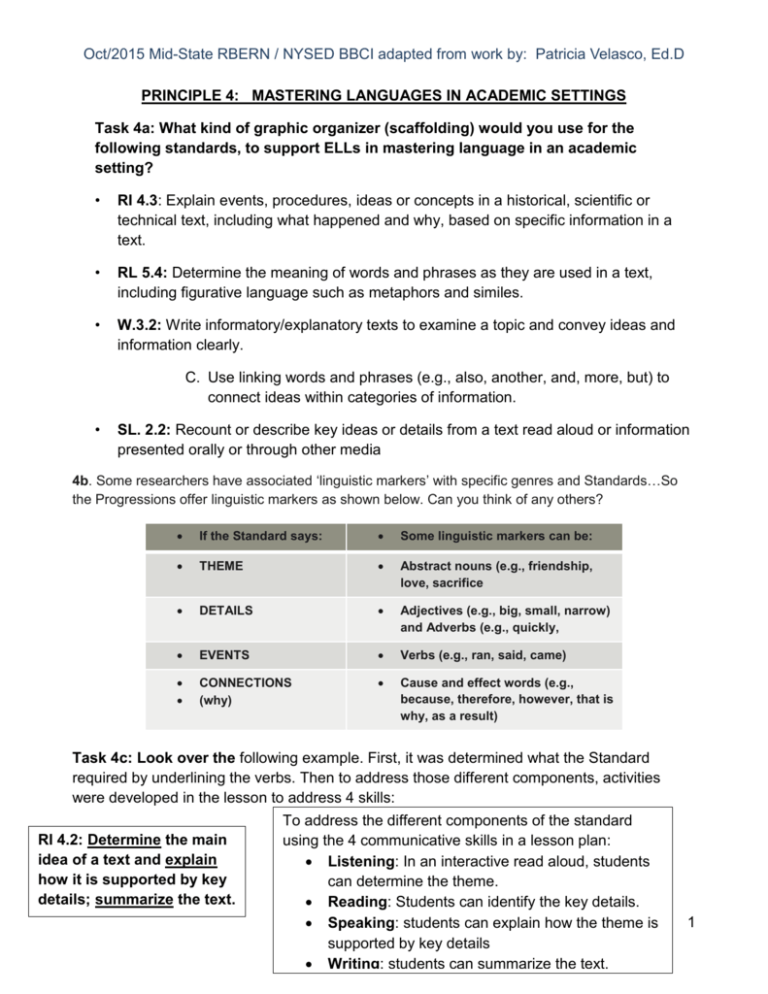
Oct/2015 Mid-State RBERN / NYSED BBCI adapted from work by: Patricia Velasco, Ed.D PRINCIPLE 4: MASTERING LANGUAGES IN ACADEMIC SETTINGS Task 4a: What kind of graphic organizer (scaffolding) would you use for the following standards, to support ELLs in mastering language in an academic setting? • RI 4.3: Explain events, procedures, ideas or concepts in a historical, scientific or technical text, including what happened and why, based on specific information in a text. • RL 5.4: Determine the meaning of words and phrases as they are used in a text, including figurative language such as metaphors and similes. • W.3.2: Write informatory/explanatory texts to examine a topic and convey ideas and information clearly. C. Use linking words and phrases (e.g., also, another, and, more, but) to connect ideas within categories of information. • SL. 2.2: Recount or describe key ideas or details from a text read aloud or information presented orally or through other media 4b. Some researchers have associated ‘linguistic markers’ with specific genres and Standards…So the Progressions offer linguistic markers as shown below. Can you think of any others? If the Standard says: Some linguistic markers can be: THEME Abstract nouns (e.g., friendship, love, sacrifice DETAILS Adjectives (e.g., big, small, narrow) and Adverbs (e.g., quickly, EVENTS Verbs (e.g., ran, said, came) CONNECTIONS (why) Cause and effect words (e.g., because, therefore, however, that is why, as a result) Task 4c: Look over the following example. First, it was determined what the Standard required by underlining the verbs. Then to address those different components, activities were developed in the lesson to address 4 skills: To address the different components of the standard RI 4.2: Determine the main using the 4 communicative skills in a lesson plan: idea of a text and explain Listening: In an interactive read aloud, students how it is supported by key can determine the theme. details; summarize the text. Reading: Students can identify the key details. Speaking: students can explain how the theme is supported by key details Writing: students can summarize the text. 1 Oct/2015 Mid-State RBERN / NYSED BBCI adapted from work by: Patricia Velasco, Ed.D Your turn: Underline the key verbs in the Standard, then decide how you would address the different components of the Standard; what L/R/S/W activities would you create to address this standard? RL 4.2: Determine a theme of a Story, drama, or poem from details in the text; summarize the text. Listening: Reading: Speaking: Writing: Task 4d : Standard RI 1.3 : Describe the connection between two individual, events, ideas, or information in a text. From: Text excerpt: Dorros, Arthur (1993.) Follow the Water from Brooks to Ocean. In CCSS, Appendix B, pg. 32. Sometimes water collects in a low spot in the land – a puddle, a pond, or a lake. The water’s downhill journey may end there. Because water flows down hill, it will keep flowing until it can’t go any lower. The lowest parts of the earth are the oceans. Water will keep flowing until it reaches. The ocean. • Circle the noun in Standard RI1.3; what should students know? Underline the verb; what skill is required? Put parentheses around the modifier; to what extent/level must the student perform? • (Q1.) How you would address the different components of the Standard, using the 4 communicative skills R/W/L/S? • (Q.2) Would you integrate the use of graphic organizers? Which one and why? • (Q.3) What are some of the linguistic markers, and how do the linguistic markers work within this excerpt? [Hint: “Because”] • (Q.4) What questions might you ask for CF assessment? • (Q.5) What sentence starters might you use that would target the content area standard and match the students’ language ability in the new or home language? 2

